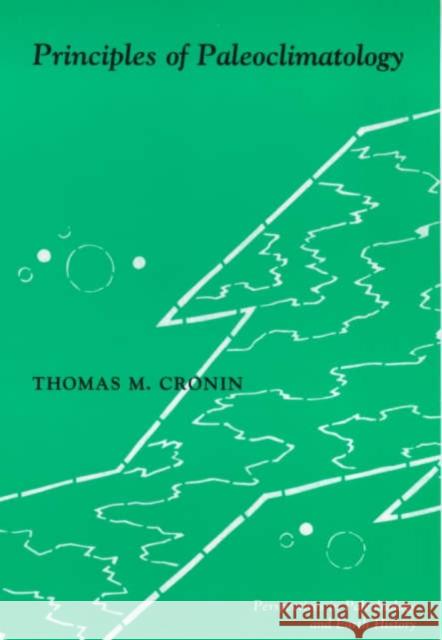Principles of Paleoclimatology » książka
topmenu
Principles of Paleoclimatology
ISBN-13: 9780231109550 / Angielski / Miękka / 1999 / 592 str.
Principles of Paleoclimatology
ISBN-13: 9780231109550 / Angielski / Miękka / 1999 / 592 str.
cena 352,19
(netto: 335,42 VAT: 5%)
Najniższa cena z 30 dni: 351,24
(netto: 335,42 VAT: 5%)
Najniższa cena z 30 dni: 351,24
Termin realizacji zamówienia:
ok. 16-18 dni roboczych
Dostawa w 2026 r.
ok. 16-18 dni roboczych
Dostawa w 2026 r.
Darmowa dostawa!
Greenhouse gases, global warming, thinning ozone layers--understanding the Earth's climatic changes is one of today's most pressing international concerns. How fast has the climate changed? Where and why is it changing? What is the impact of climate change on our ecosystems, coastal regions, glaciers, forests, and lakes, and even on the evolution of our own species?
This introduction to the rapidly emerging field of paleoclimatology explains the patterns and processes in the history of the Earth's climate to answer such essential questions. Using the geologic records of ocean and lake sediment, ice cores, corals, and other natural archives, Principles of Paleoclimatology describes the history of the Earth's climate--the ice age cycles, sea level changes, volcanic activity, changes in atmosphere and solar radiation--and the resulting, sometimes catastrophic, biotic responses. These paleoclimate records provide a baseline against which we can compare modern climate trends. Designed to give a fundamental background--including both history and methodology--to the discipline of paleoclimatology, this book is the first to advance our understanding of how climate change develops, how those changes are detected, and how the climate of the past can shape the climate of the future.










